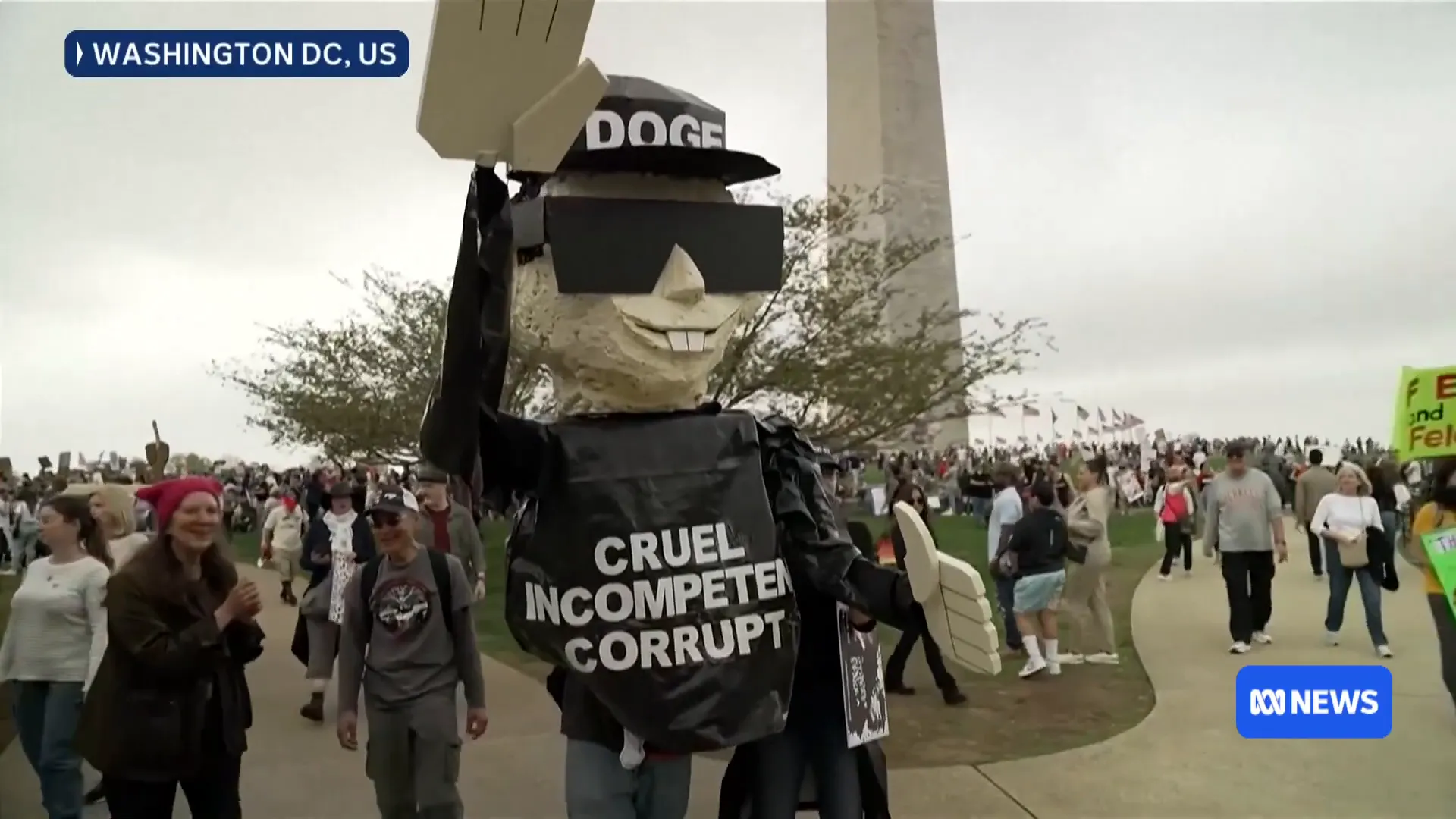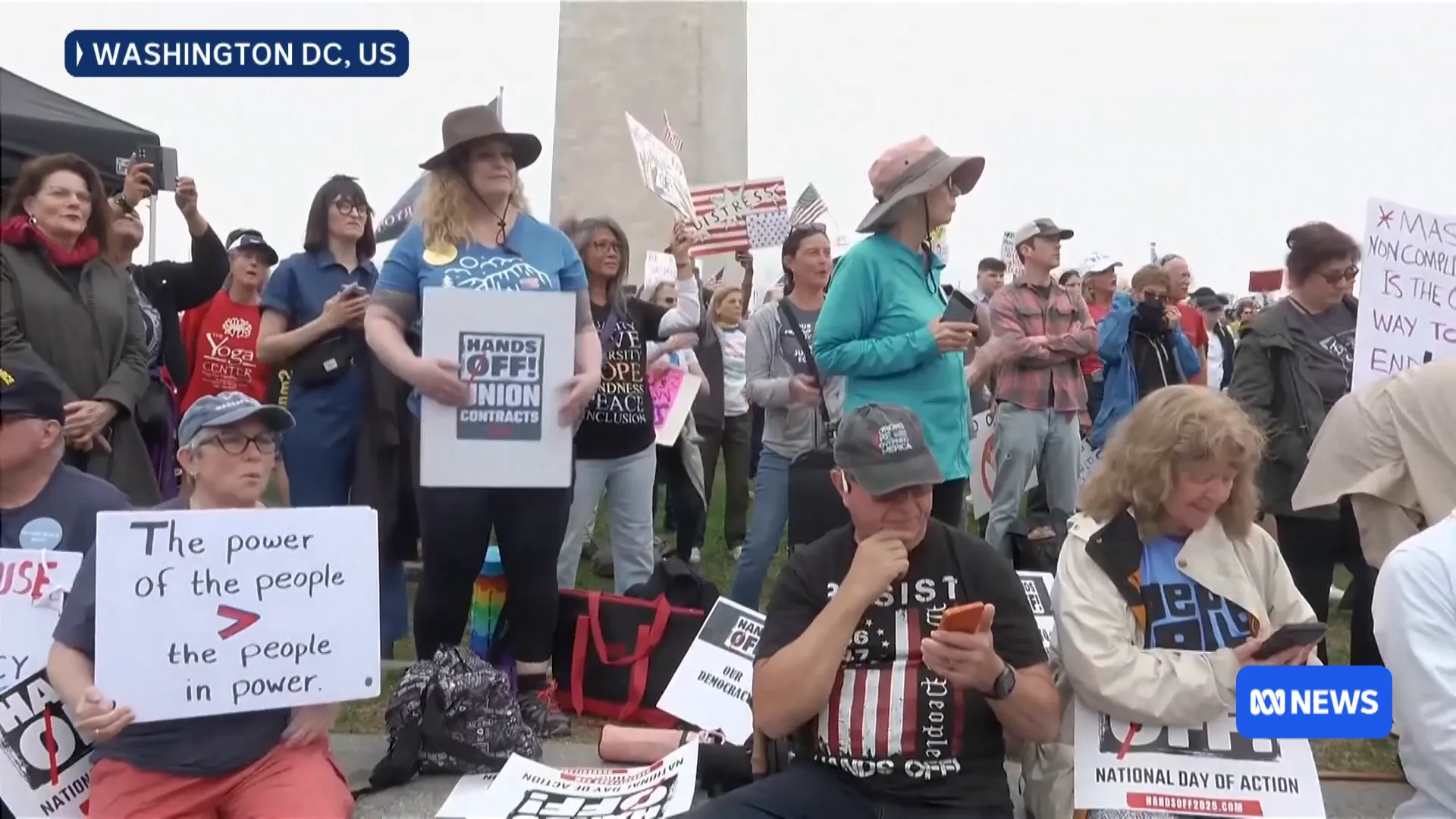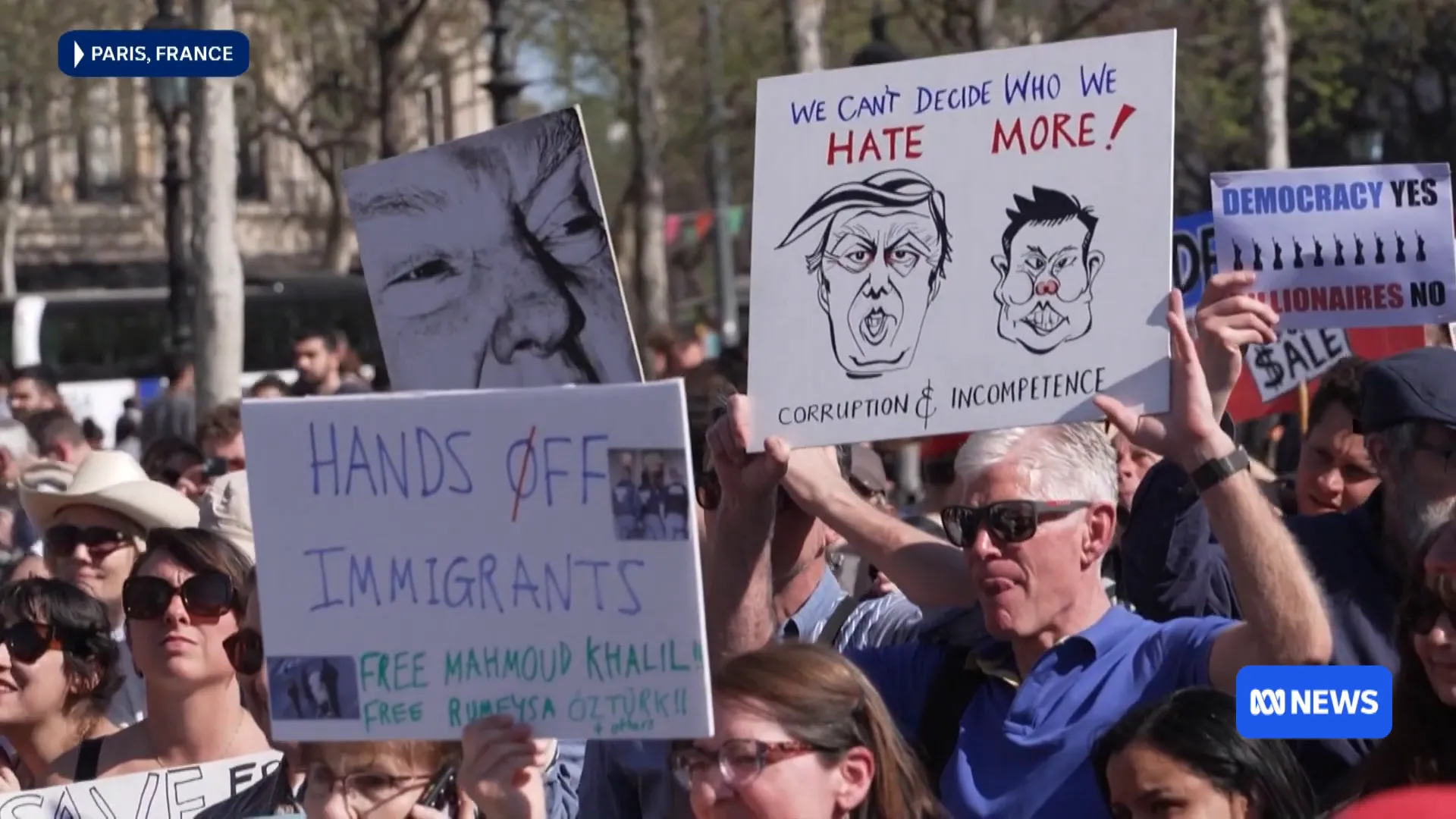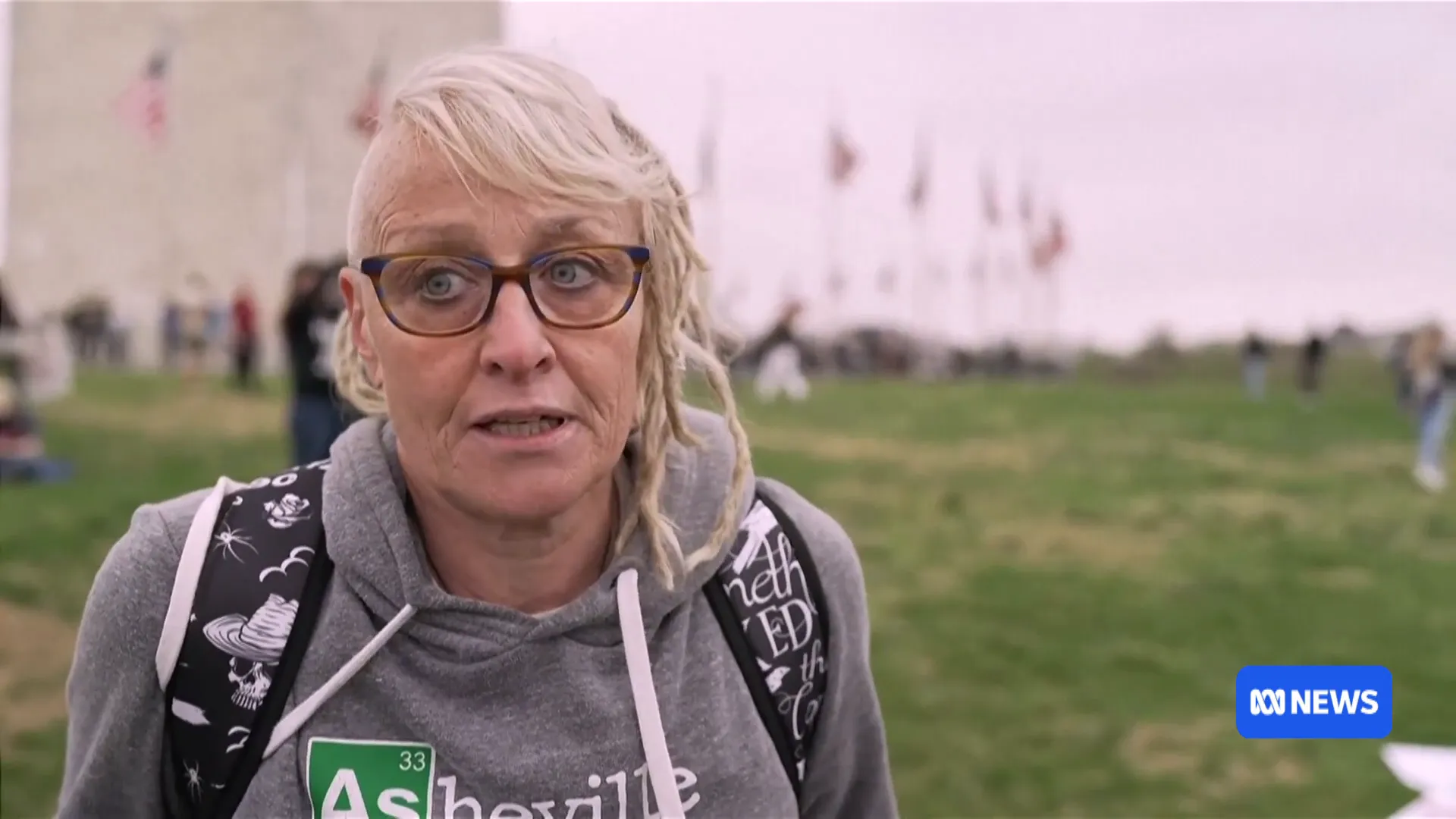Apr 7, 2025
Trump Protests: A Global Movement Against Policies
In recent weeks, we’ve witnessed a wave of protests erupting across the United States and around the globe, all aimed at opposing President Donald Trump's controversial policies. These protests, known as the "Hands Off" rallies, have voiced significant concerns over Trump's plans to downsize the government, reshape human rights, and his overall economic handling. What began as a national outcry has transformed into a global movement, as protests have taken place in countries such as Britain, Canada, France, Germany, Mexico, and Portugal.
Table of Contents
- The Scale of the Protests
- The Core Issues Behind the Protests
- A Personal Reflection
- The Role of Social Media
- Looking Ahead: What’s Next?
- FAQ
The Scale of the Protests
One of the largest gatherings occurred in Washington, D.C., where the atmosphere was charged with emotion and urgency. Democratic Congressman Jamie Raskin took to the stage, passionately accusing President Trump and Tesla owner Elon Musk of attempting to dismantle the American Constitution. His words resonated deeply with the crowd, amplifying the message that these protests are not merely reactions to specific policies but a broader fight for the very fabric of American democracy.

Raskin's Powerful Message
Raskin’s speech highlighted a sense of betrayal felt by many Americans. He stated, "I believe Donald Trump is trying to tear our country down," emphasizing that his actions threaten the nation's infrastructure and its standing in the world. His criticism extended to the idea that Trump is working on behalf of foreign interests, particularly suggesting ties to Russian President Vladimir Putin. This sentiment has been echoed by many protestors, who feel that the current administration is leading the country astray.

The Core Issues Behind the Protests
At the heart of these protests are several key issues that have mobilized tens of thousands into action:
- Downsizing Government: Many protestors are deeply concerned about Trump's plans to reduce government size and influence, fearing it could lead to diminished public services.
- Human Rights: Activists are particularly vocal about the potential reshaping of human rights under Trump's administration, which they believe could jeopardize protections for marginalized communities.
- Economic Policies: Trump's handling of economic issues has sparked fears of a deteriorating economy, with protestors arguing that his policies favor the wealthy at the expense of the working class.
Global Solidarity
The protests have not been confined to the U.S. As mentioned, demonstrations have spread internationally, indicating a global solidarity against perceived authoritarianism. Activists in various countries are rallying not just against Trump but against similar leaders and policies in their own nations. This creates a sense of unity among diverse groups, all fighting for democratic values and human rights.

A Personal Reflection
Many protestors have shared personal stories that fuel their determination. One participant expressed, "For me, the moment that I knew something was off was a historical rip in time," referencing a pivotal moment of realization regarding the administration's stance on allies and global partnerships. The emotional weight of these protests is palpable, with individuals stating they are fighting not just for themselves but for future generations.

The Role of Social Media
In today's digital age, social media plays a crucial role in organizing and amplifying these protests. Platforms like Twitter, Facebook, and Instagram have been instrumental in mobilizing participants, sharing information, and broadcasting live updates from the ground. This modern form of activism allows for rapid dissemination of messages and creates a sense of urgency that traditional media cannot match.
Connecting Across Borders
Social media has enabled activists to connect across borders, sharing strategies and experiences. This has led to a more unified approach to protesting against Trump and similar leaders worldwide. Various hashtags have emerged, creating a global conversation about the need for democratic values and human rights.
Looking Ahead: What’s Next?
The ongoing protests raise questions about the future of American democracy and the global political landscape. Will these movements lead to significant changes in policy, or will they fade into the background noise of political discourse? Only time will tell, but the energy and passion displayed in these rallies suggest that this is just the beginning.
Community Response
As we look toward the future, community responses to these protests will be critical. Grassroots organizations are stepping up to provide support, whether through organizing events, providing resources for protestors, or advocating for policy changes. The engagement of local communities in these discussions is essential for sustaining momentum.
FAQ
What are the main reasons for the Trump protests?
The protests primarily focus on opposition to Trump's policies regarding government downsizing, reshaping human rights, and economic management.
How can I get involved in the protests?
Individuals can participate by joining local rallies, engaging in community discussions, or using social media to amplify their voices.
Are the protests only happening in the U.S.?
No, there are protests happening globally, including countries like Canada, France, Germany, and Mexico, as activists unite against similar issues in their own nations.
What impact are the protests expected to have?
While the immediate impact is difficult to measure, the protests aim to raise awareness and influence policy changes regarding Trump’s administration and similar global leaders.
For more insights and breaking news, check out Breslin Media's Politics & Power section. Stay informed and engaged with the issues that matter.